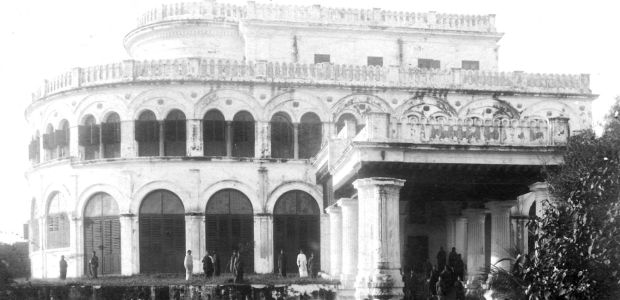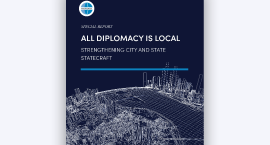When the Tuscany sailed into the Ganges Delta in September 1833, it caused quite a stir; not only had the American ship just completed a 4-month journey across the Atlantic, but it was also filled with an exotic cargo – 100 tons of ice. The ship was the first of many. Between 1840 and 1870, exporting “crystal blocks of Yankee coldness” became a lucrative trade. Frederic Tudor, the “Ice King of the World”, reaped most of the benefits.
Tudor, a serial entrepreneur who began exporting ice to other regions decades earlier, was nearly bankrupt when he decided to expand his business into India. Increased competition, lengthy wars in Europe, and failed deals in countries like Cuba and Martinique had decimated his ice trading business in the southern United States and the West Indies. However, when Tudor met Samuel Austin, a Boston merchant with a fleet of ships that regularly traveled from Boston to Calcutta, he jumped at the opportunity to transport American ice to India.
For once, his business sense was right. The introduction of ice to India was cause for celebration amongst local inhabitants and British colonials alike who, prior to the arrival of the Tuscany, made do with an ice substitute known as “Hooghly slush”. This substance, concocted by skimming a thin film of ice off the top of buried earthenware containing water, was both unappetizing and expensive.
Tudor’s ice sold for three halfpence a pound, enough to turn a profit and shake off the debt that had plagued him for years. After securing a monopoly on the ice trade in Calcutta, Tudor eventually expanded his business into Bombay and Madras. In each city, elaborate “ice houses” were built to store the tons of ice Tudor shipped every year – one of which still stands today.
This early interaction between an American merchant and the residents of India is one of many key moments in the history of U.S.-India relations. Meridian, through its Art for Cultural Diplomacy program, has unique expertise uncovering and exhibiting compelling stories about U.S. relations with other countries. Such stories, like that of the American Ice Trade, will be the focus of a new exhibition that chronicles the early interactions between the U.S. and India. It will feature major historical events, but also incorporate little-known moments from the past that reflect the strength of our long friendship through trade, diplomacy, and education. This exhibition is being developed through an award from the U.S. Embassy in New Delhi and will be on view in India in late 2014.
















